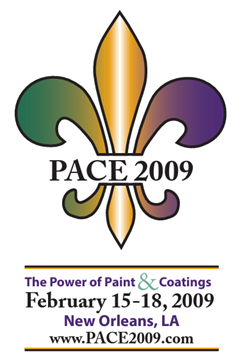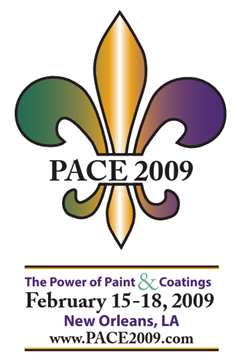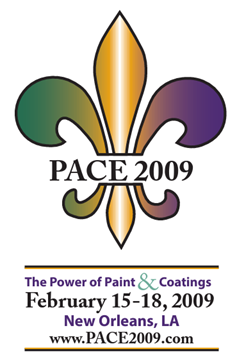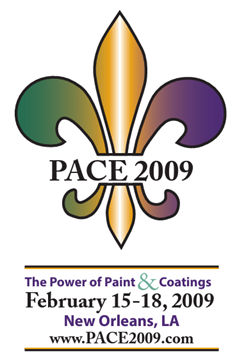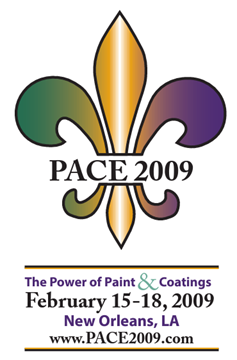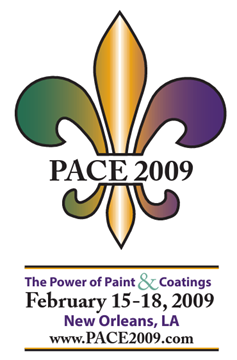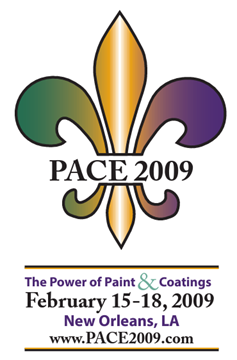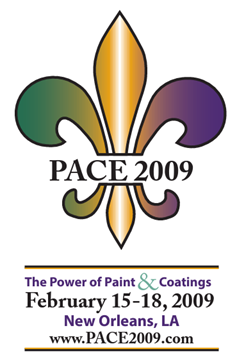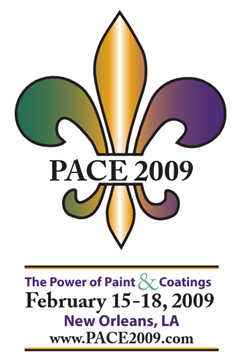Search
Products tagged with '2009 Conference Papers'
View as
Sort by
Display
per page
Performance of Marine Coatings Applied over Flash Rusted Surfaces
Product Number:
41209-465-SG
Publication Date:
2009
$20.00
Polyaspartic Resin Technology – An Applicator’s Perspective
Product Number:
41209-470-SG
Publication Date:
2009
$20.00
Polymer Concrete for Structural Restoration and Corrosion Protection of Concrete Support Columns
Product Number:
41209-511-SG
Publication Date:
2009
$20.00
Polymer Linings for Restoration & Corrosion Protection of Steel Surfaces: Crude Oil Storage Tank Repair and Reline in New Zealand
Product Number:
41209-509-SG
Publication Date:
2009
$20.00
Polyurea: The New Frontier In Construction
Product Number:
41209-481-SG
Publication Date:
2009
$20.00
Polyurethanes in Seamless Polymer Flooring Systems
Product Number:
41209-520-SG
Publication Date:
2009
$20.00
Rehabilitation of an Aging Concrete Reservoir Adit Tower
Product Number:
41209-513-SG
Publication Date:
2009
$20.00
Renovation and Seismic Upgrade of a 1930’s Ford Assembly Plant
Product Number:
41209-499-SG
Publication Date:
2009
$20.00
Temporary Humidity Control Supports Multi-Family Housing Recovery in New Orleans After Katrina
Product Number:
41209-468-SG
Publication Date:
2009
$20.00
The Most Recent Test Results of One-Coat Systems Applicable to Steel Bridge Structures
Product Number:
41209-492-SG
Publication Date:
2009
$20.00
Thick Film Coatings Applications - Specialty Applications
Product Number:
41209-466-SG
Publication Date:
2009
$20.00
Thirty Days to Coat a Bridge - How a Contractor met a Short Deadline, Reduced Project Coasts Through Energy-Efficient Air Treatment Equipment
Product Number:
41209-518-SG
Publication Date:
2009
$20.00


